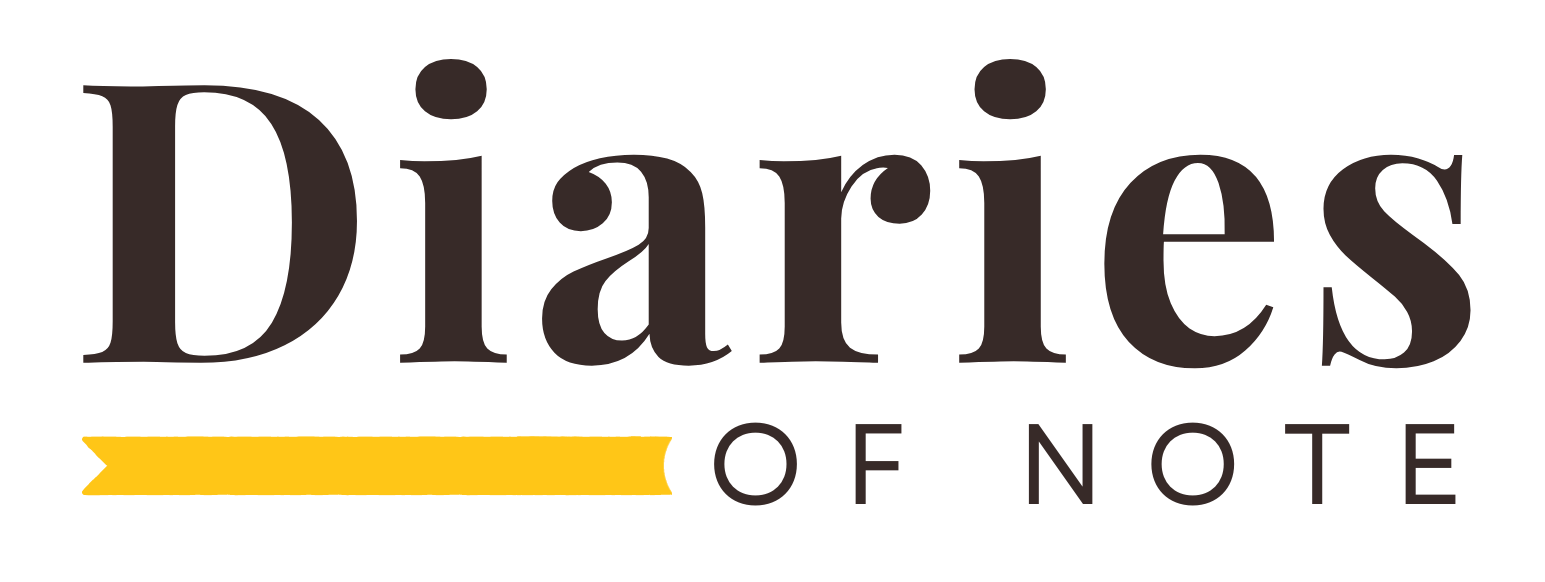American sculptor Anne Truitt was a singular figure in the field of minimalism, best known for her large, colour-saturated, wooden column sculptures. Born in 1921 in Baltimore, Maryland, Truitt studied psychology at Bryn Mawr College before venturing into art, her studies taking her to the Institute of Contemporary Art in Washington D.C., and the Dallas Museum of Fine Arts. Her career took off in the early 1960s with her distinct minimalist sculptures, and she earned recognition thanks to numerous exhibitions throughout her career. However, it was in 1974, aged 53, that Truitt embarked on a deeply personal introspective journey. As a result of a disconnection caused by an overwhelming flood of attention to her work, she made the decision to record her life for a year, documenting her thoughts and experiences in a brown notebook, an exercise that allowed her artist’s voice to take centre stage. The following entry came in June of that first year, just a few days after her journal began.
The Diary Entry
9 JUNE
Consciousness seems to me increasingly inconceivable. I know more and more that I know nothing of its nature, range, and force except what I experience through the slot of this physical body. The tie to my body may feel stronger than it is. So it seems anyway when I remember how I occasionally hold myself separate from it. Yet I balk. When we love one another the most delicate truth of that love is held in the spirit, but my body is the record of those I have loved. I feel their bones as my bones, almost literally. This record is autonomous. It continues, dumbly, to persist. Its power is independent of time. The love is fixed, instantly accessible to memory, somehow stained into my body as color into cloth.
All bodies have this record. It is the magic of drawing them. Here, where my pencil touches the paper, is the place at which a body holds itself intact. The line marks, with infinite tenderness, the experience of a body—a separate unknowable experience inside the line, space outside it.
It was the record of this experience that I was after in the late forties and the early fifties when I modeled human bodies. Classical beauty held no interest for me. I pursued the marks of experience, the lines and lumps left by physical and psychological events assimilated with such difficulty that they had made permanent plastic changes. Elvira, made in 1952 and now destroyed, held her head high over her drained chest; her eyes protruded in a clumsy effort to see what had happened to her. Her hair clung to her head, bunched into an earnest knot at the nape of her stretched neck. She moved out of herself under my hands and then stopped, struck into a stasis she could just barely maintain, a balance so precariously wrought that it had consumed all her vital force.
When I was told, before my marriage, that I was sterile and would never be able to bear children, the deprivation of this palpably physical knowledge haunted and wrenched me; I knew that what I wanted to know for myself had to be known physically. I could not, and did not, accept the fate of remaining as I was then, a woman unmarked by experience, inviolate at my deepest roots. When I modeled one marked, used female body after another, I was recording adumbrations of what I have now, at the age of fifty-three, become. The sculpture failed as art because I did not know at the time, and could not guess except dimly, how much vital force is garnered in the course of assimilating experience. The meaning the sculpture conveyed was skewed toward pain; wrenched proportions twisted it toward caricature. The just proportion of classical form is, I have learned, true to experienced proportion. I now feel my own used body as whole, replete with lines and lumps, but also with a vitality they serve to mark.
Further Reading
In 1982, a selection of Anne Truitt’s early journals were published by Pantheon Books with the title, Daybook: The Journal of an Artist, entries stretching from June 1974 to September 1980. Three more volumes have since followed: Turn (1986), Prospect (1996), and, published posthumously, Yield (2022). All are beautifully written and at times poetic. Many entries are quite profound. Highly recommended.
To learn more about Anne Truitt and her work, visit the Anne Truitt website.

Leave a Reply